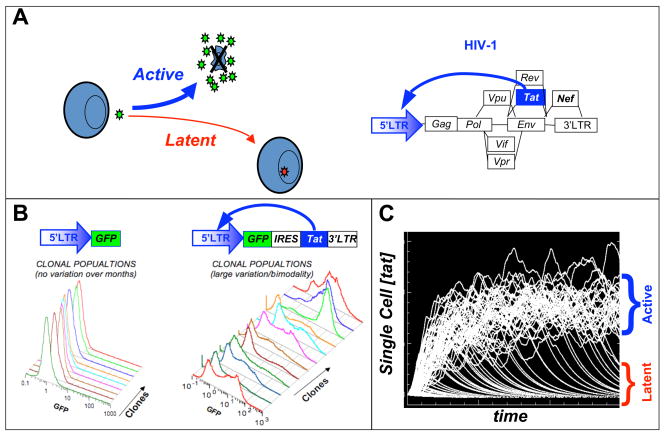Figure 1. A minimal HIV Tat positive-feedback circuit is sufficient to generate a ‘latency’ decision in the presence of noise.
(A) The HIV-1 ‘proviral’ genome with Tat positive feedback displayed and the HIV-1 developmental bifurcation between active replication and proviral latency after infection of a CD4+ T lymphocyte. (B) Jurkat T cells infected with either a control LTR-GFP or feedback LTR-GFP-IRES-Tat lentiviral vector, were single-cell sorted by FACS, grown into clonal populations and subsequently analyzed by flow cytometry. (C) Single-cell Tat trajectories of an HIV-1 gene-circuit model. Each trajectory represents the level of Tat within a single-cell over time. Significant fluctuations in Tat levels exist and can drive a phenotypic bifurcation between two states.

